Property taxes are an essential source of revenue for state and local governments. If you own property in Iowa, actively understanding how your property taxes are calculated is essential. Contrary to popular belief, there’s no one person responsible for determining your property’s value and the tax you pay. A complex process involving budgets, assessments, calculations, and laws determines your final tax rate.
What is Iowa Property Tax?
In Iowa, property tax is a tax on real property. This includes land, buildings, structures, and other improvements constructed on or in the land, attached to the land, or placed on a foundation. Improvements typically include a building, a house, mobile home, fences, and paving. The Iowa Department of Revenue evaluates six classes of real property, including residential, agricultural, multi-residential, commercial, industrial, and utilities/railroad.
Recipients of Property Tax Funds in Iowa
Recipients such as K-12 schools, cities, counties, hospitals, assessors, and townships receive funds generated from property taxes.
Steps Involved in Determining Your Property Tax Rate
The process of determining your property tax rate in Iowa involves several steps that take about 18 months. The process includes the following steps:
Step 1: Establishing Your Property’s Value
The assessor estimates the value of your property, which is called the “assessed value”. Most property taxes require the assessed value to be at actual or market value.
Step 2: Totaling the Assessed Values of All Taxable Properties
The assessor totals the assessments of all taxable properties. Next, the assessor totals the assessed value in each classification and reports it to the county auditor. Keep in mind that the six mentioned classes (residential, agricultural, multi-residential, etc.) determine the classifications.
Step 3: Reviewing and Equalizing Total Assessed Values
The Iowa Department of Revenue reviews the total assessed values and equalizes them to ensure property values comply with state law and are comparable among jurisdictions.
Step 4: Establishing Budgets for Taxing Authorities
Every taxing authority in Iowa establishes its own budget, which includes the cost of providing services, the amount of aid received from the federal and state governments, the revenue received from other charges for services, and the amount of money left over from prior years.
Step 5: Determining Tax Rates
By dividing the amount of the budget that isn’t funded by other sources by the taxable value of all the property in the taxing district, the county auditor determines the tax rate.
Step 6: Deducting Credits
Before sending the final tax bill to the taxpayer, credits such as the Homestead Credit are subtracted.
Factors That Affect Your Property Tax Rate
There are three variables that interact to increase your property taxes, which include the combined budgets of the taxing authorities, the total value of all the property in the taxing unit, and the taxable value of your property. If any of these variables increase, your property taxes will also increase.
Your Iowa property taxes will increase if:
- The budgets increase, and the taxable value of all properties remains the same.
- The budgets and taxable value of property in the entire government unit remain the same, but the taxable value of your property goes up.
- The budgets and taxable value of your property remain the same, but the value of the property in the entire government unit goes down.
Understanding Your Property Tax Burden in Iowa
Understanding how your property taxes are calculated can help you plan your finances accordingly. The assessed value of your property depends on several factors, including land size, square footage, type of construction, age, quality, location, and condition. However, your assessed value is only one part of your property tax burden. Other components are the levy rates for city, township, county, school district, and other levying authorities. It’s also important to note that your home may be classified differently than your neighbor, and these differences can result in different tax burdens.
The process of determining your property tax rate in Iowa is a complex one that involves several calculations, budgets, and rules. By understanding this process, you can better plan your finances and prepare for any changes in your property tax burden.

